Written by Brian Kalman exclusively for SouthFront
Introduction
Hurricane Irma rolled through the Northern Leeward Islands and skirted the northern coast of the Greater Antilles between September 6th and September 9th. In the process, the massive category 5 hurricane laid waste to a number of small Caribbean islands, including Barbuda, Saint Martin, and a number of the British and U.S. Virgin Islands. The Islands of Puerto Rico, Hispaniola and Cuba sustained significant damage and power and water services were interrupted for an extended period. When the storm passed and the dust settled, the true extent of the damage was revealed.
The island of Barbuda was destroyed, 95% of all manmade structures sustained significant damage, and the entire population of 1,800 was evacuated. For the first time in 300 years, the island is uninhabited. The Dutch and French island of St. Martin was devastated, with some elements of society devolving to criminality. It has been reported that a gang of some 500-600 individuals is engaged in wholesale robbery, assault, and extortion. In response, the Dutch and French militaries deployed between 700 and 800 troops to the island to establish order and security to residents terrorized by gangs and struggling to survive due to a lack of food, water and shelter. An estimated 70% of all structures sustained significant damage.
The islands of Tortola and Virgin Gorda in the British Virgin Islands fared little better. The category 5 hurricane left the islands without water and power, destroyed homes and buildings, and caused significant flooding due to heavy rain and storm surge. The Islands of St. Thomas and St. John in the U.S. Virgin Islands were also heavily damaged. It became readily apparent that a significant relief effort, both private and governmental, would be required to aid the citizens of these islands to meet the basic needs of survival.
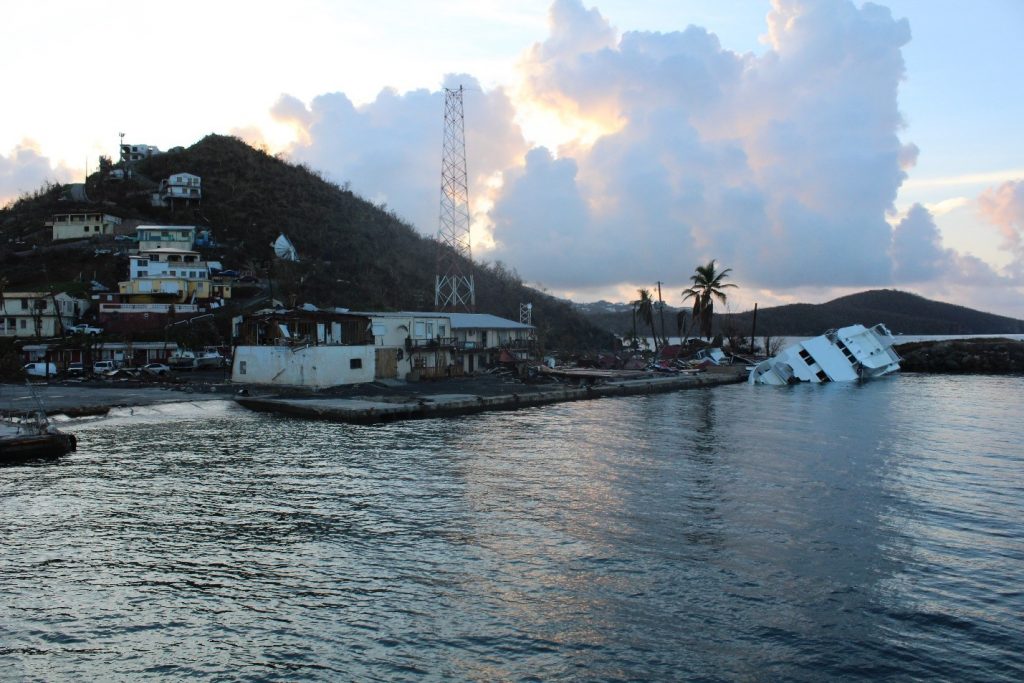
Dockside buildings largely destroyed, the Culebra II ferry sunk, and houses on the hill near Frenchtown heavily damaged. This was the sight that greeted me on my arrival to St. Thomas on the morning of September 10th.
The U.S. Military Responds
Within 48 hours, the USS Wasp LHD-1 amphibious assault vessel arrived off of St. Thomas to render aid to the stricken island, bringing water and food, helicopter transport and search and rescue assets, and an element of security. CH-53 heavy lift helicopters and V-22 Osprey tilt-rotor aircraft were used to ferry supplies and personnel to and from the USS Wasp which was stationed just off the southern coast. While the USMC was swift to react, it would take the Federal Emergency Management Agency (FEMA) a number of days to establish a viable response to the disaster. Dealing with a major disaster in Houston as a result of hurricane Harvey, while simultaneously engaged in the evacuation of millions of residents in the state of Florida in preparation for hurricane Irma’s imminent arrival in the southern continental United States, there was great pressure on FEMA to find resources and personnel and to get them in place in a timely fashion. As part of the response, units of the U.S. Army, U.S. Air Force and Air National Guard were deployed. Personnel from the U.S. Army Corps of Engineers were also mobilized to aid the FEMA effort.
The Private Sector Response
FEMA holds thousands of contractual agreements with private companies to facilitate disaster relief operations. The small ocean shipping company that I work for is one such company, in our case, tasked with providing ocean transport for cargo and personnel in support of FEMA efforts. While communication with FEMA representatives began just after the hurricane passed through the USVI and Puerto Rico, it was not until Sunday, September 10th that the first FEMA directed relief shipment was arranged for shipment on our cargo vessel, the M/V Norma H II.
The Norma H II is an offshore support vessel (OSV) that is retrofitted with an aft ramp to facilitate roll-on roll-off (RoRo) cargo operations. It is a shallow draft vessel, and requires very little port infrastructure to operate. It is tailor-made for the shallow depth ports, which also lack any cargo handling equipment, that are ubiquitous in the entire Caribbean region. OSVs and landing craft are the most common cargo handling vessels servicing the Caribbean islands, serving as feeder vessels to and from the few large, deep water ports in the region.
On Sunday, September 10th, I was informed that the first shipment that must be shipped to St. Thomas without delay, was a shipment of diesel and gasoline tanks and the equipment required to establish a fueling station at the Cyril E. King International Airport. Due to the value and sensitivity of the cargo (fuel is a highly visible and high value commodity prone to interdiction and theft in a disaster relief situation, where the security environment is in question) a security detail was dispatched to travel with the cargo in transit, and to convoy it to its final destination. An eight man Homeland Security Investigations (HSI) security detail joined the vessel in San Juan and was on board for the eight hour transit to Crown Bay, St. Thomas. All HSI agents were extremely professional, friendly and very easy to work with. Upon arrival in St. Thomas, I helped the agents requisition tractor heads to transport the fuel tanks to the airport, and a convoy was quickly arranged and departed to the airport. The HSI agents worked with local authorities and FEMA representatives to establish the fueling station, before returning to the vessel for immediate departure. Approximately 30 pallets of privately donated disaster relief supplies were also landed during this first trip.
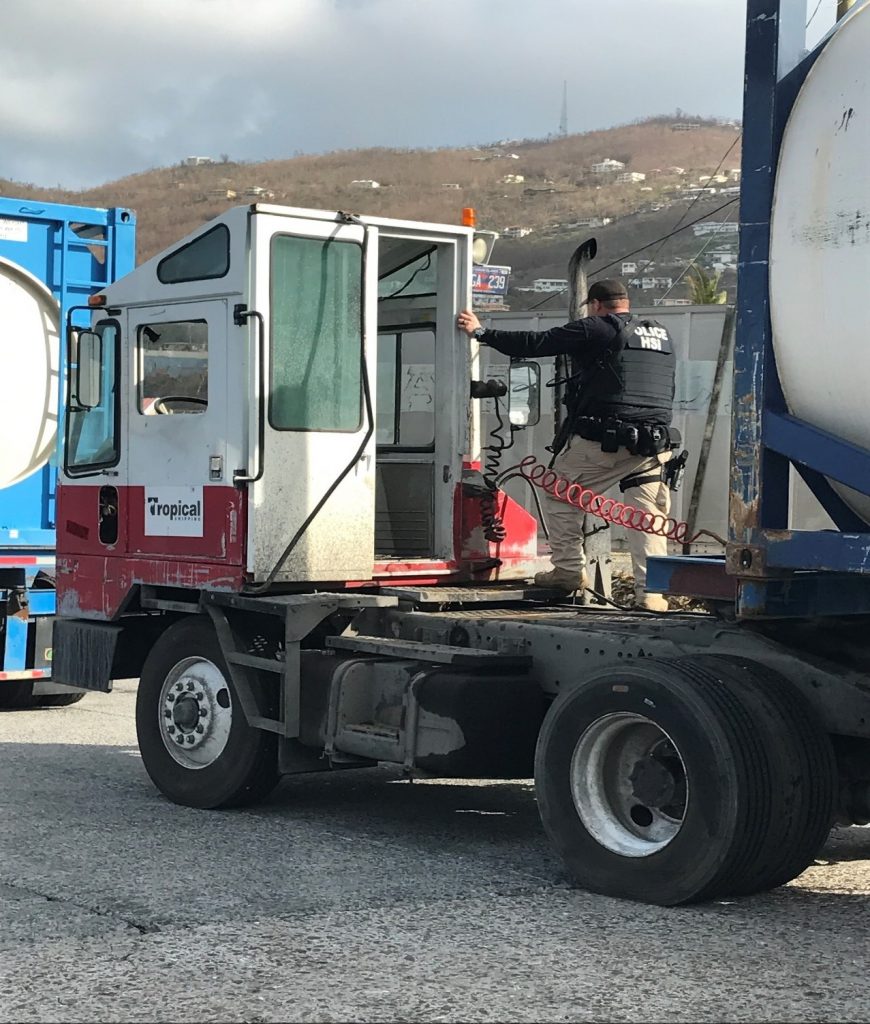
Armed HSI agents accompanied every truck in the fuel convoy, as well as providing lead and trailing convoy vehicles transporting armed agents.
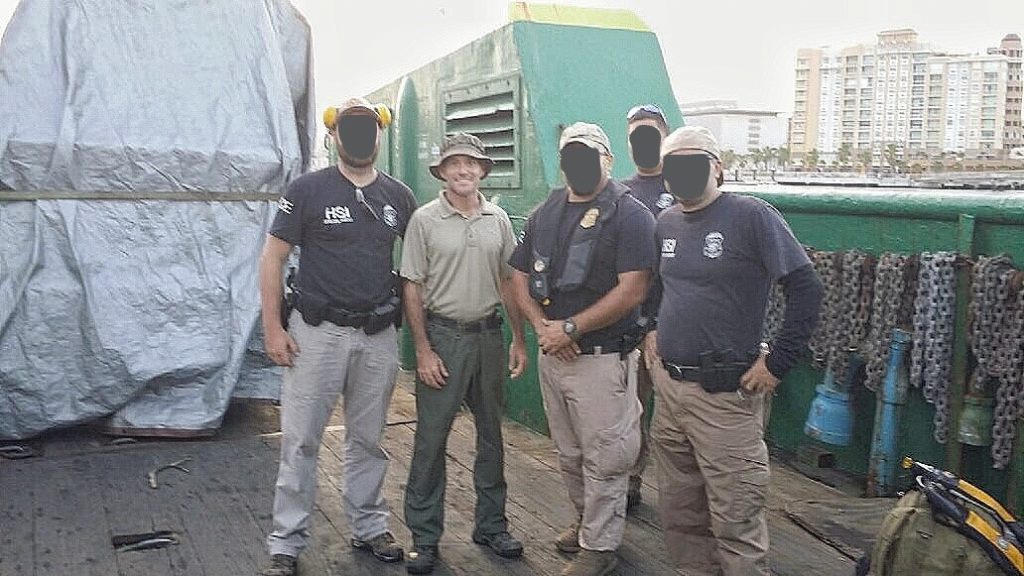
HSI agents and the author returning to San Juan Harbor after a successful, first FEMA relief trip to St. Thomas, USVI. You’d be hard pressed to meet a better bunch of guys.
Enter the U.S. Army
The 602nd Area Support Medical Company, part of the 261st Multifunctional Medical Battalion of the XVIII Airborne Corps based at Fort Bragg in North Carolina was deployed to St. Thomas to aid the staff at the Roy Lester Schneider Hospital in dealing with the medical needs of island’s population. An advance team of approximately 50 soldiers was flown down to Puerto Rico from North Carolina on three separate C-17 heavy-lift aircraft with their vehicles and equipment.
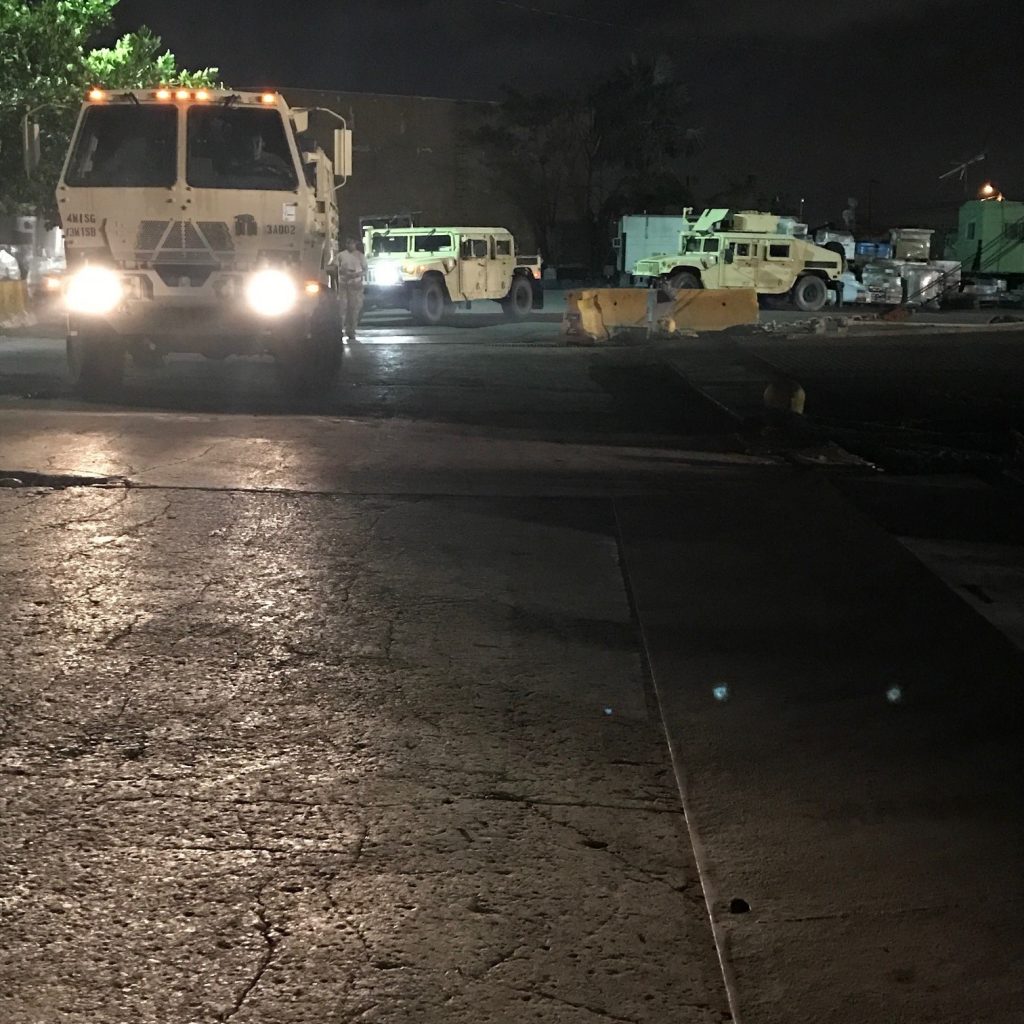
Armored HMMVs and an FMTV line up and await loading on the vessel at Pier 10 in San Juan on the evening of September 11th, 2017.
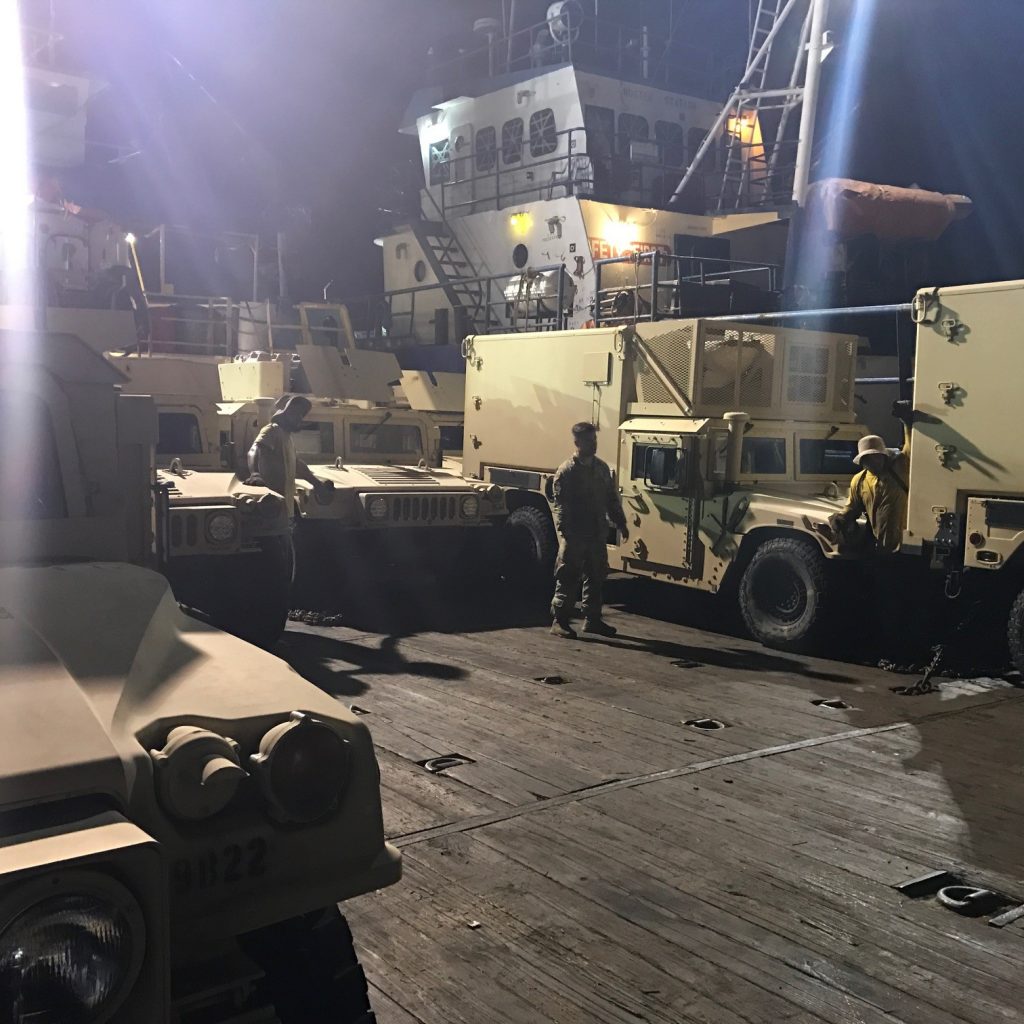
Loading operation on the evening of September 11th. Vessel crew and soldiers worked together to load all of the unit’s equipment and the large generator trailer for the hospital.
Upon arrival in San Juan, the troops moved in convoy to the Pier 10 port facility in Old San Juan and met with FEMA representatives and the management of the Norma H II. I coordinated loading with the units’ NCOs and the vessel’s Chief Officer, of approximately fourteen armored HMMVs, utility trailers, an armored FMTV, and one 800KW mobile generator. A number of “Bom Sets” for electricity generation, sewage treatment supplies and portable toilets were also loaded. The loading of all cargo was completed in two hours, and an advance team of nine soldiers made the trip to St. Thomas on the vessel. Upon arrival, the discharge of all vehicles and equipment was achieved in one hour. The young men and one woman of the unit, told me that they were very pleased to be helping American citizens in need as a welcome change to missions overseas. After two days of constant traveling they were also very relieved to finally have a chance to grab a hot shower and some well-deserved sleep.
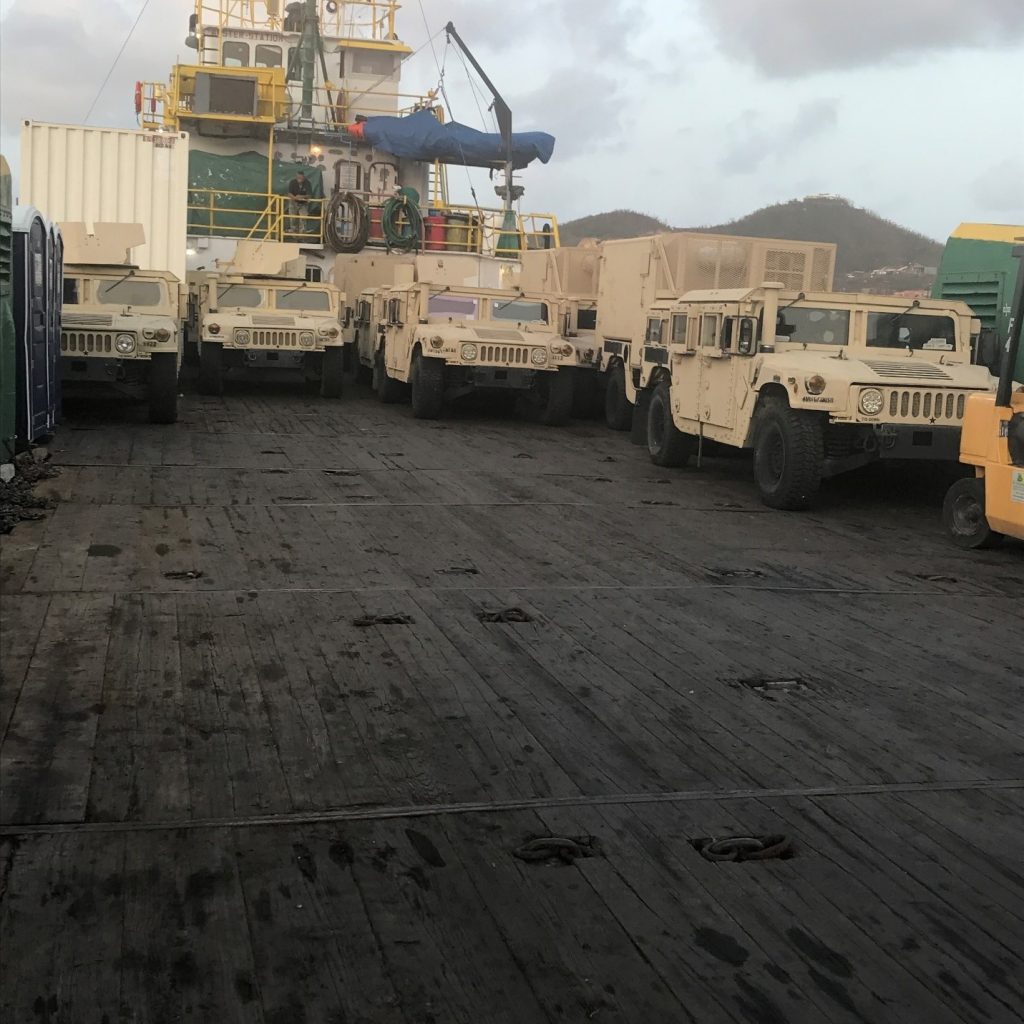
Discharge of rolling stock and vehicles is quite rapid via roll-on roll-off (RoRo) operations. The entire operation took approximately one hour.
Rotary Wing and Airlift Operations
Between Monday September 11th and Thursday September 14th, I conducted three relief trips to St. Thomas with the Norma H II. In that time I observed a number of USMC, US Airforce, Air National Guard, and federal and local law enforcement aircraft engaged in transport and surveillance duties. Helicopters and tilt-rotor aircraft are greatly valued in HADR operations, as there inherent ability to take off and land vertically and to hover in place makes them ideal platforms for search and rescue (SAR) and medical evacuation (MEDEVAC) roles.
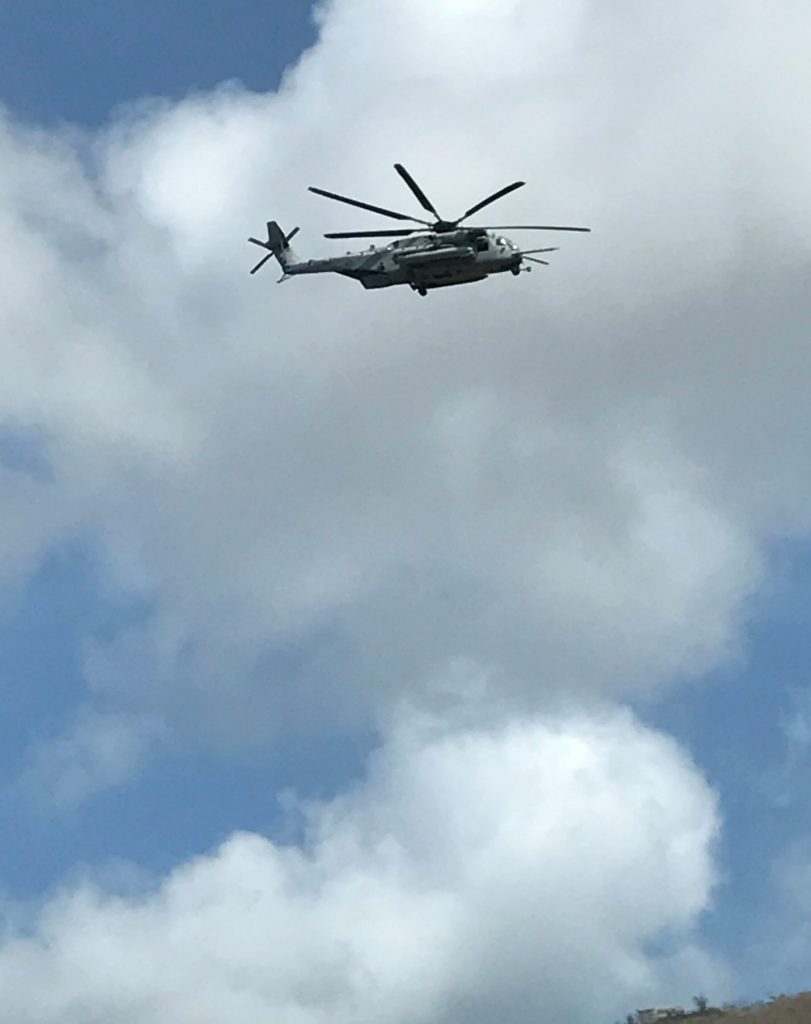
A CH-53 engaged in transportation of cargo or personnel from the USS Wasp LHD-1 to the island of St. Thomas, USVI.
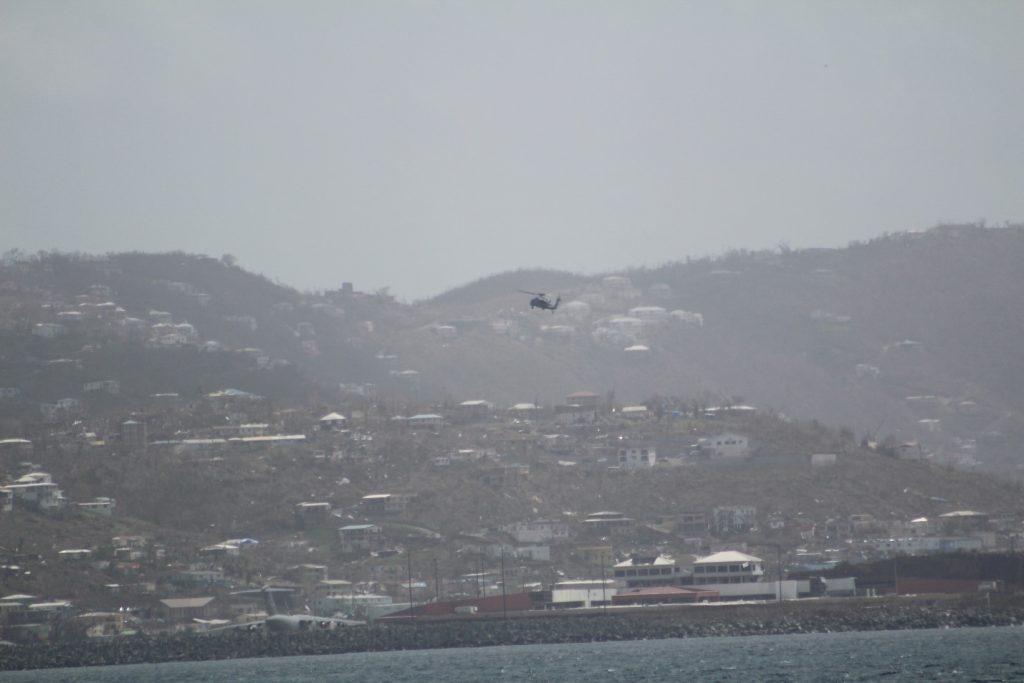
UH-60 Blackhawk most likely belonging to the PR National Guard, on approach to land at Cyril E. King Airport. A C-17 Globemaster III is also visible on the tarmac.
C-17 Globemaster IIIs of the 14th Airlift Squadron based in Charleston, SC have been engaged in the airlifting of disaster relief supplies to the Cyril E. King airport in St. Thomas since at least Tuesday, September 12th. I only witnessed one aircraft being handled at the airport at any given time. Given the large size of the C-17, the airport most likely can only handle one such aircraft at a time, especially considering the additional resources present at the airport, including the headquarters of the relief effort, and all of the helicopters flying in and out of the airport as well. The C-17s can carry a payload of 170,900 lbs. (77,520 kg.) and can take off and land on short runways. The C-17s operating in and out of Cyril E. King airport only require 1,100 meters of runway to land while fully loaded.
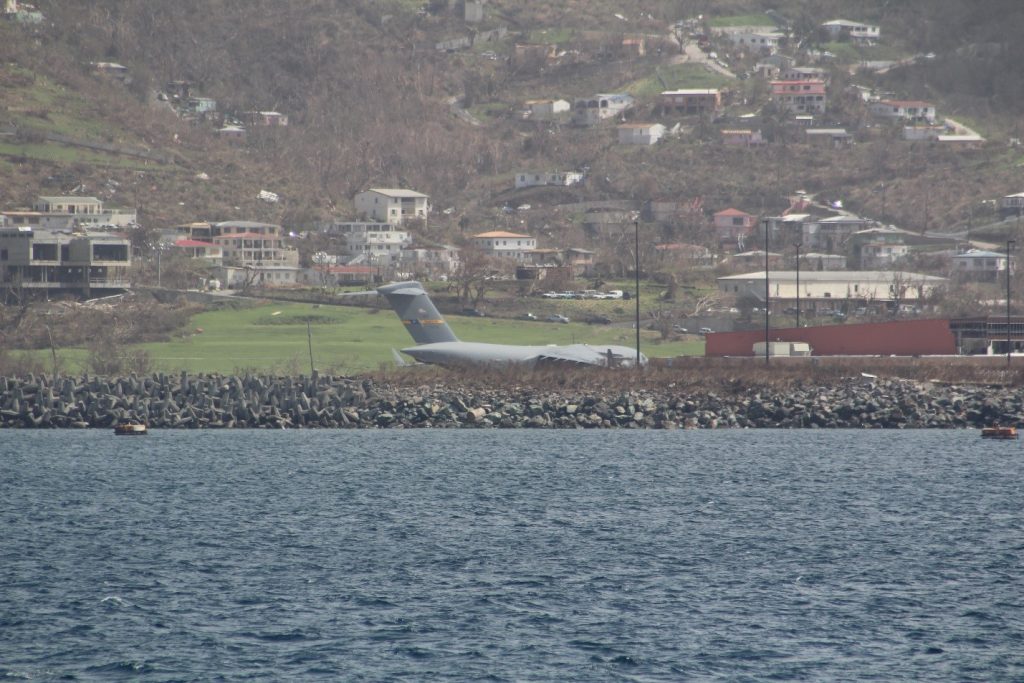
View of a C-17 Globemaster III belonging to the 14th Airlift Squadron parked at Cyril E. King International Airport in St. Thomas, USVI.
The Rough Road Ahead
There is no doubt that the people of St. Thomas and St. John face a long hard road back to recovery, rebuilding and renewed prosperity. As I write these words, Hurricane Irma is set to be followed by yet another storm, Hurricane Maria, due to strike the USVI and Puerto Rico between September 19th and September 20th. It appears that we in the Caribbean are in for an active hurricane season.
The United States military has shown its aptitude at reacting and responding to natural disaster events, and as an American citizen, I can say that it is a much more welcome development to have American service members coming to the aid of their fellow citizens in a time of need, than being deployed overseas to fight in misguided wars for the profits of a few, or to aid another corrupt, US-aligned dictatorship. All the soldiers and federal agents that I spoke to were dedicated to doing their jobs and fulfilling their duty no matter what, but they all seemed relieved to be directly aiding their own countrymen for a change. Regardless of the multitude of the propaganda from all sides, regardless of nationality, men and women that take oaths to defend their nations and don the uniform of military service, do it out of a desire to serve their nation, their family and their countrymen.
I have felt honored to play a very small role in helping the people of the USVI recover from a devastating natural disaster. Some of my friends and colleagues in St. Thomas, St. John and Tortola have lost their businesses and their homes. They are now faced with rebuilding their personal and professional lives, but before they can do that, they must secure physical shelter, sustenance, electricity, running water and security.
Having been a contributing member at SouthFront for almost two years now, I am well aware of all of the crises that face the world today, many of them perpetrated by forces within the United States’ military-industrial complex, or the “Deep State”. Working tirelessly in an attempt to rectify the damage wrought by mother nature in just a matter of hours, but which will take years to correct, I have reflected on the utter senselessness and inhumanity of the wars of profit and opportunity that have been waged over the past two decades. We should all be helping one another in our shared struggle that is the human experience, or at the very least, refraining from doing harm to one another. SouthFront is one of the few, multinational and independent movements out there that is trying to do just that, by challenging the corporate and government controlled monopoly on information and the crafting of false narratives, and providing our viewers with the truth.




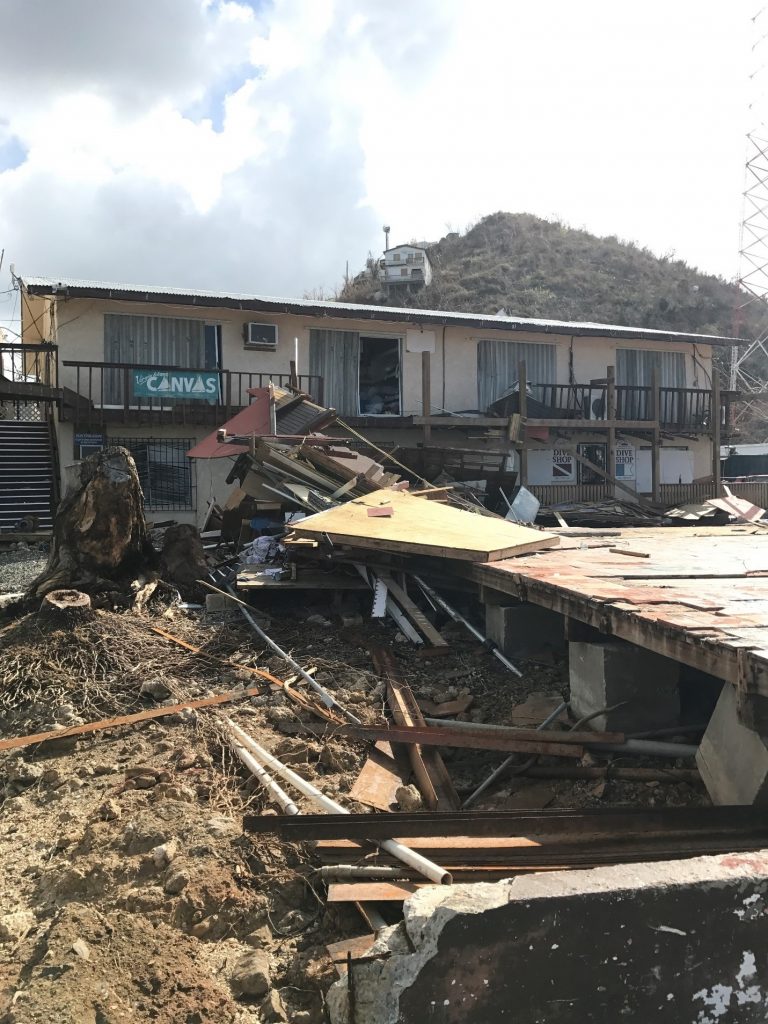
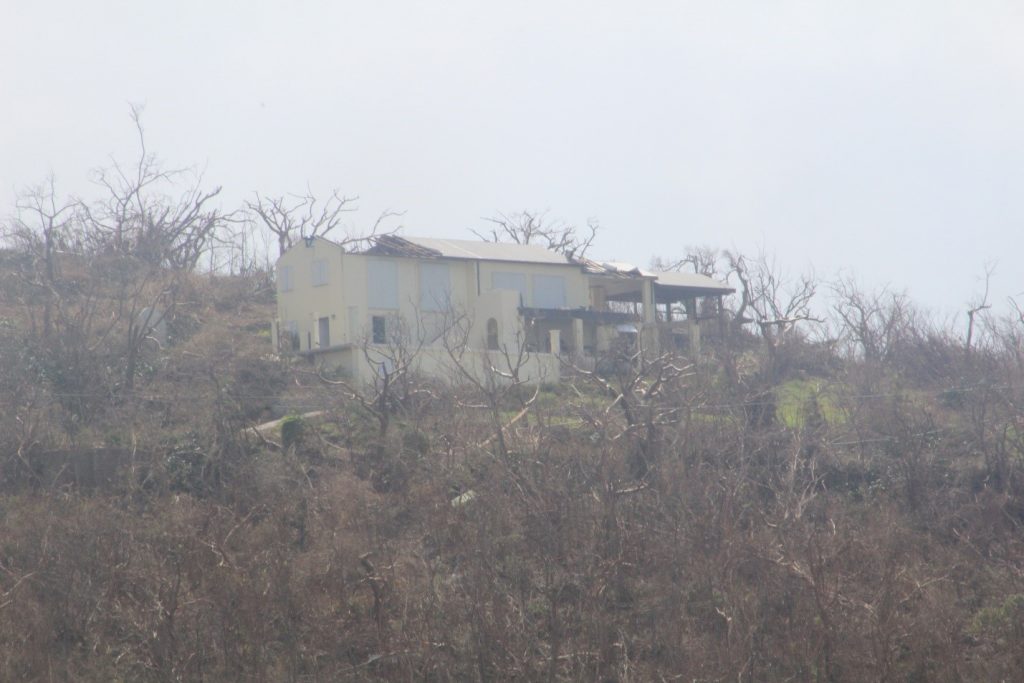
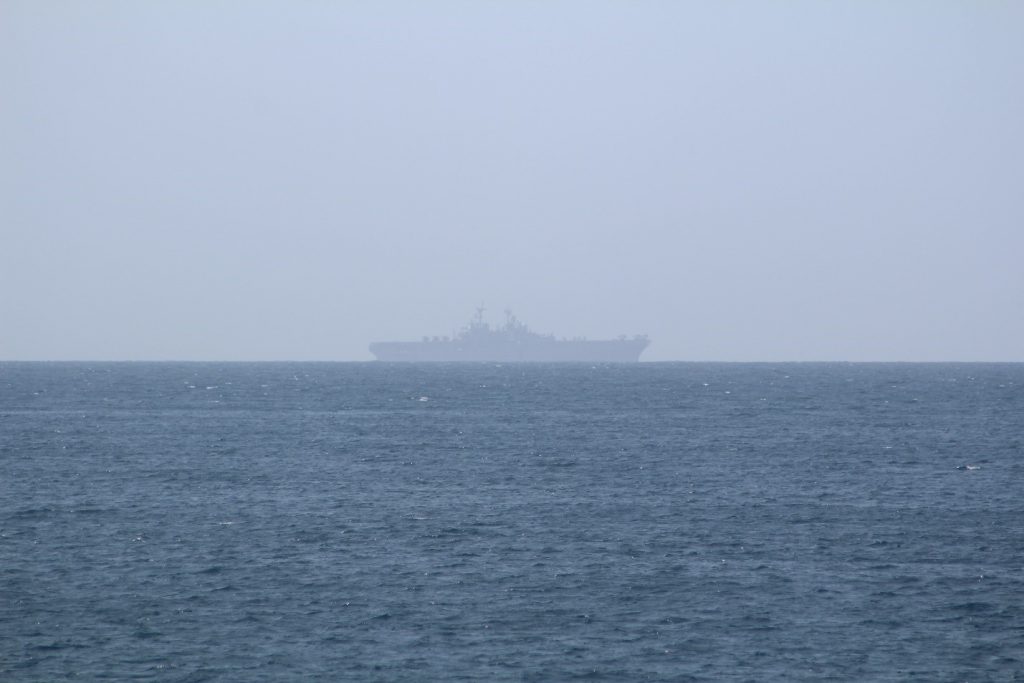
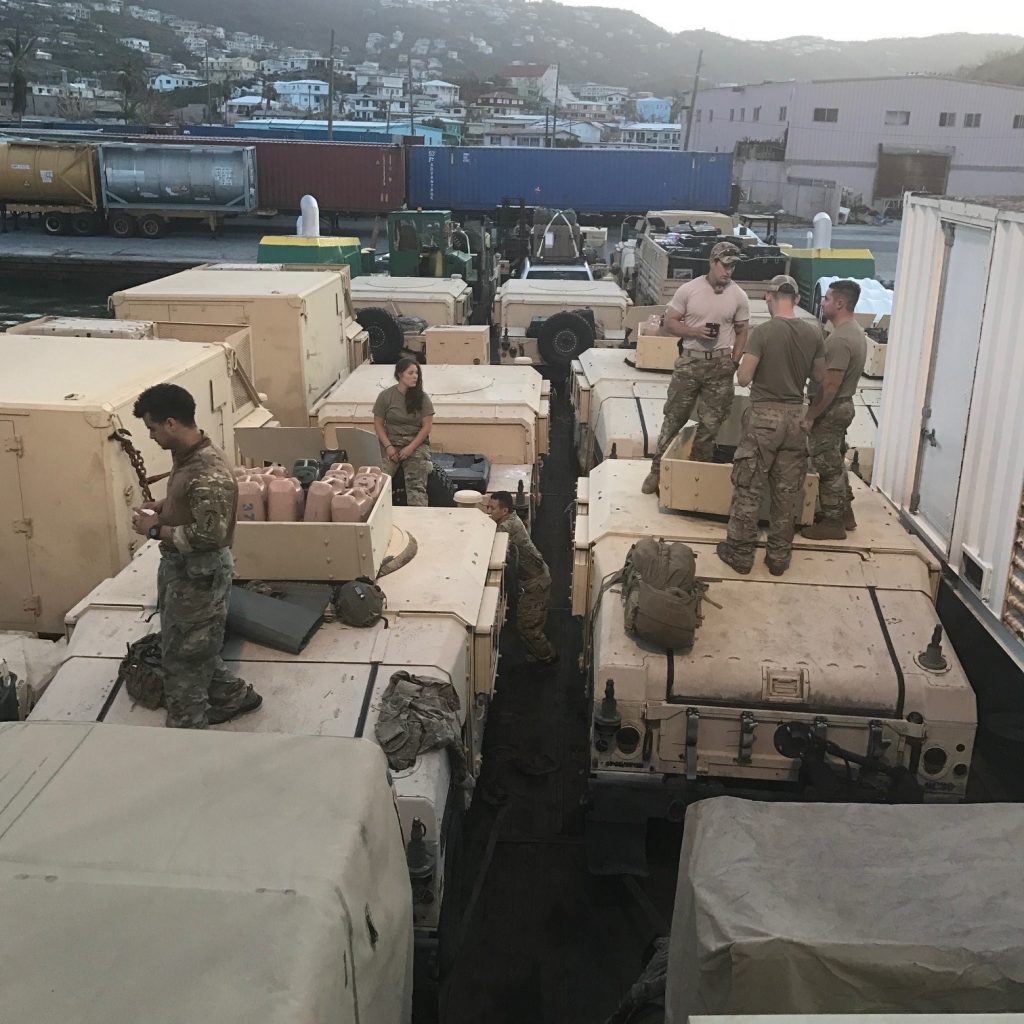
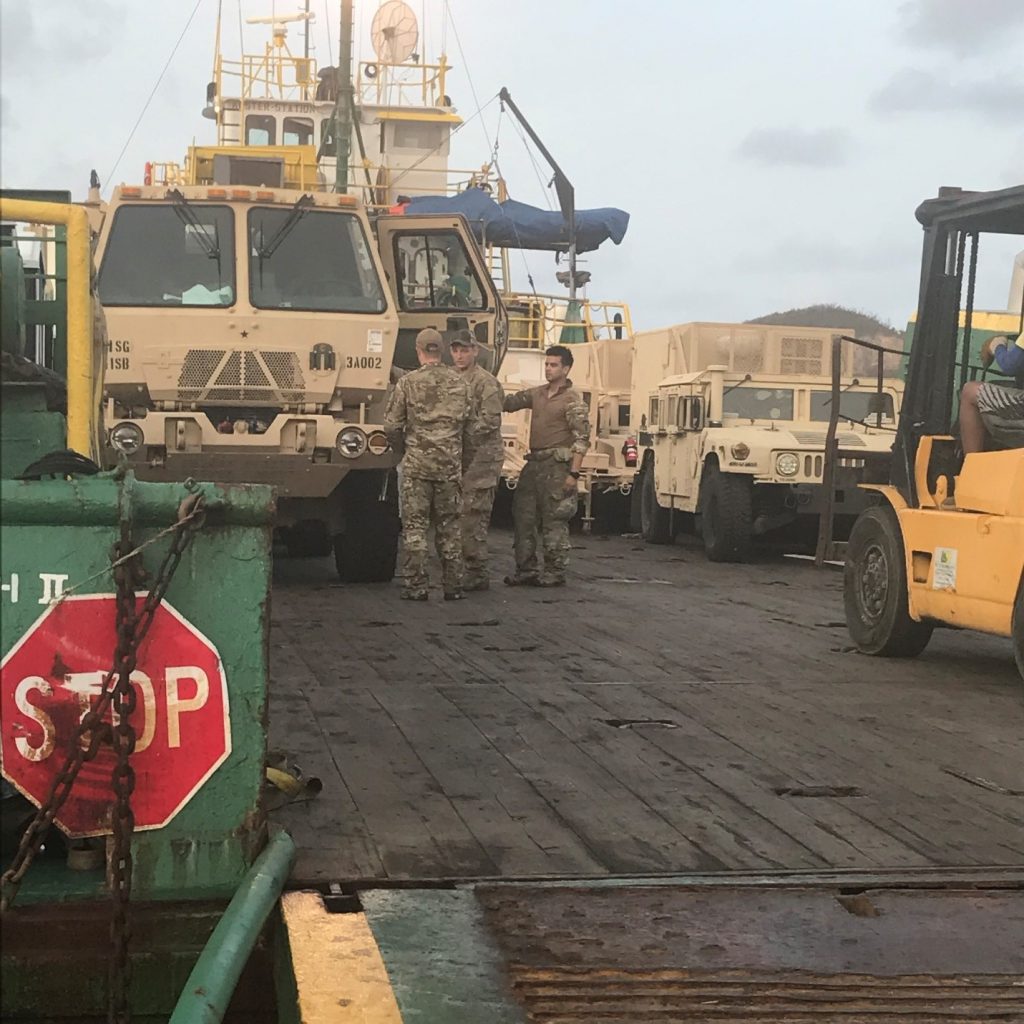
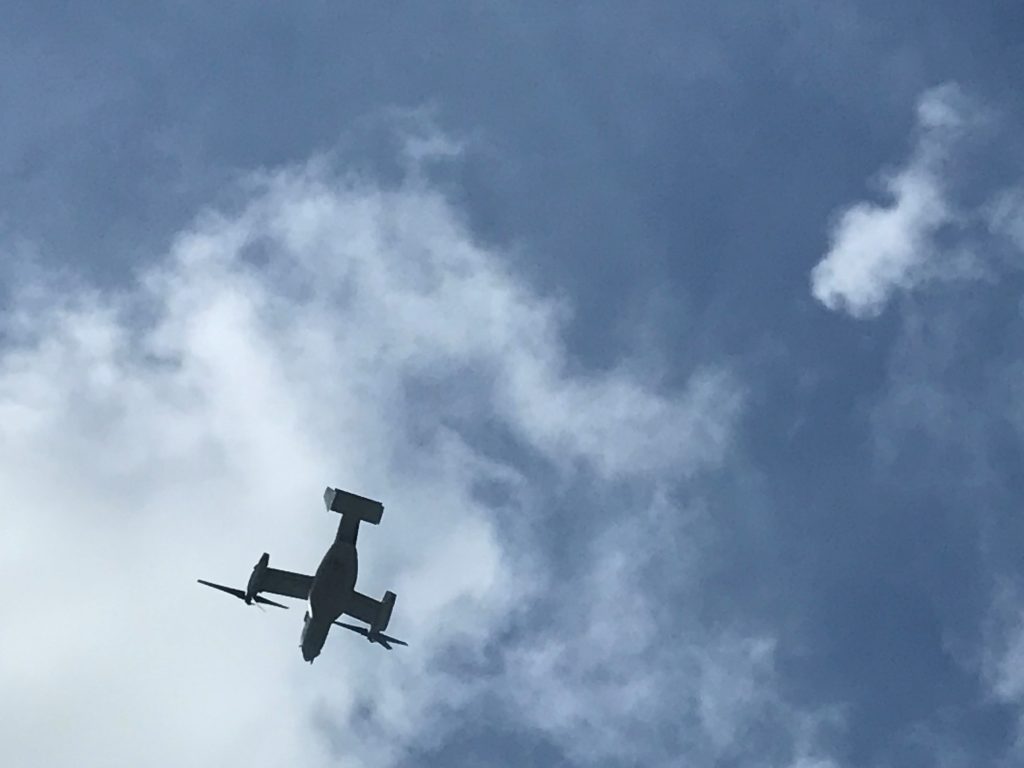
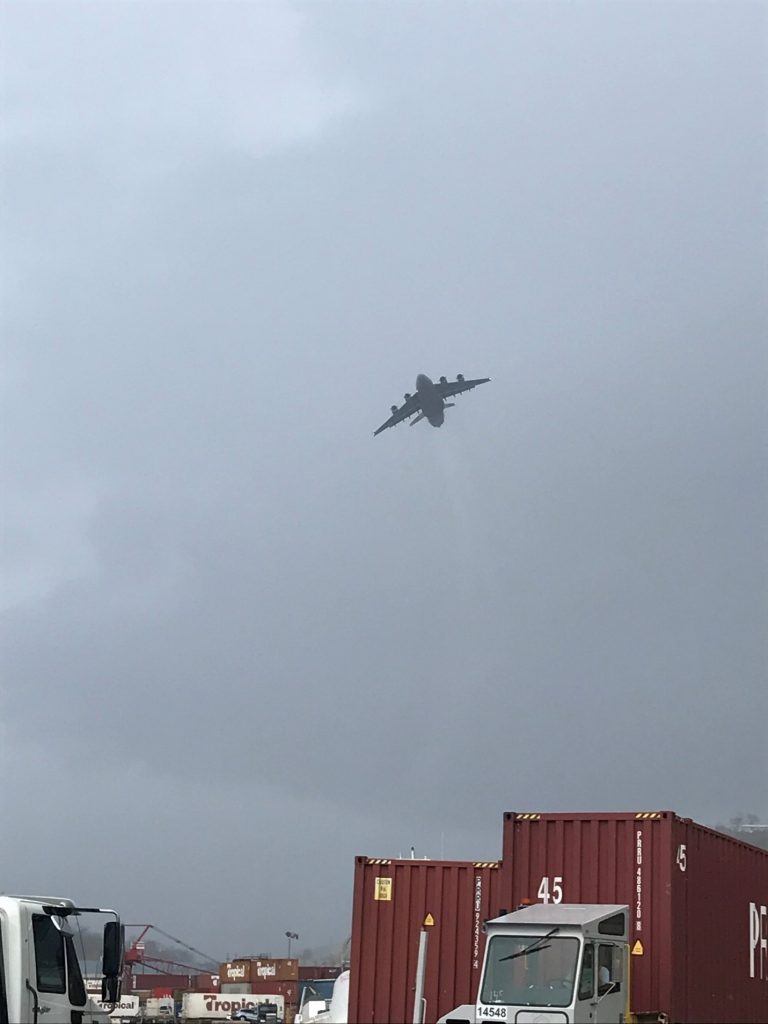
*Pledges allegiance to Southfront*
I wonder if Epsteins ‘Fantasy Island ‘ was damaged ?
If it was I hope the children are safe.
Lol were they ever safe?
Its just a few Zionist adults playing around with kids Kell. Nothing to see there, move on :)
Every year with every hurricane I wonder, why do these thing wreak such devastation, time after time after time? People in desert areas develop ways of living and construction to cope with the heat, Eskimos learned to build homes from snow, the Japanese learned construction methods to cope with earthquakes, us Dutch have perfected ways to combat flooding. It may not be hurricane proof, but we don’t get those here. But I bet that if there was one we’d come up with ways of construction to make our homes hurricane proof. And yet in the Caribbean, time after time, everything gets blown to pieces, and then rebuilt again using the same shitty materials and building methods as before. You’d think that after your home gets blown to pieces a couple of times every few years you’d develop ways of construction to counter that.
It really boggles my mind.
Would love for you to recommend the kind of building materials that you think that can truly handle the force of a category 5 hurricane. If you live on the main land United states, and you think that your house or any of the houses in you city of state can handle a cat 5 you are sadly mistaking. Get off of your high horse with that mentality with your boggle mind.
It was also during Hurricane Katrina in the clusterfuck that FEMA did under horse showman Michael Brown that the US military under General Honore came in and sorted things out and became the hero for that time.
In this day and age when invading countries and subjugating the citizens should have been permanently relegated to the 20th century, some analysts have said that the future role of armies would be in disaster relief given their training in logistics under difficult conditions like in time of war.
In many ways like this article implied, the personal opinions of the service members and citizenry of the United States is often superseded by dark elements of the government that do not represent them, and the actions of these dark elements then paint to the world a negative picture of all citizens of the United States. China and Russia understand this and for a long time insisted the US government join them in the New Silk Road project.
Since the Deep State has overtaken Trump (Alex Jones now has come out and said they have drugged him like they did to Reagan post-assassination attempt), China and Russia will not directly invade but instead pull the rug under the country by disabling the Petrodollar, which analysts like Dr Jim Willie say will take place when China forces the Saudis to price their oil in RMB in exchange for bailing out their bankrupt institutions like ARAMCO.
“The Dutch and French island of St. Martin was devastated, with some elements of society devolving to criminality. It has been reported that a gang of some 500-600 individuals is engaged in wholesale robbery, assault, and extortion.”
When the Petrodollar as a global reserve currency ceases to exist, the lawlessness we saw on St.Martin will be seen on a mass scale in the United States especially in urban areas.
Very well said.
Wow great article, I too m glad to see the US armed forces and Reserves put to a good and positive use, the vast amount of resources available to the US being readily aparent in the article, few other nations could muster a fraction of the forces seen employed.